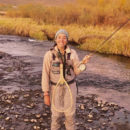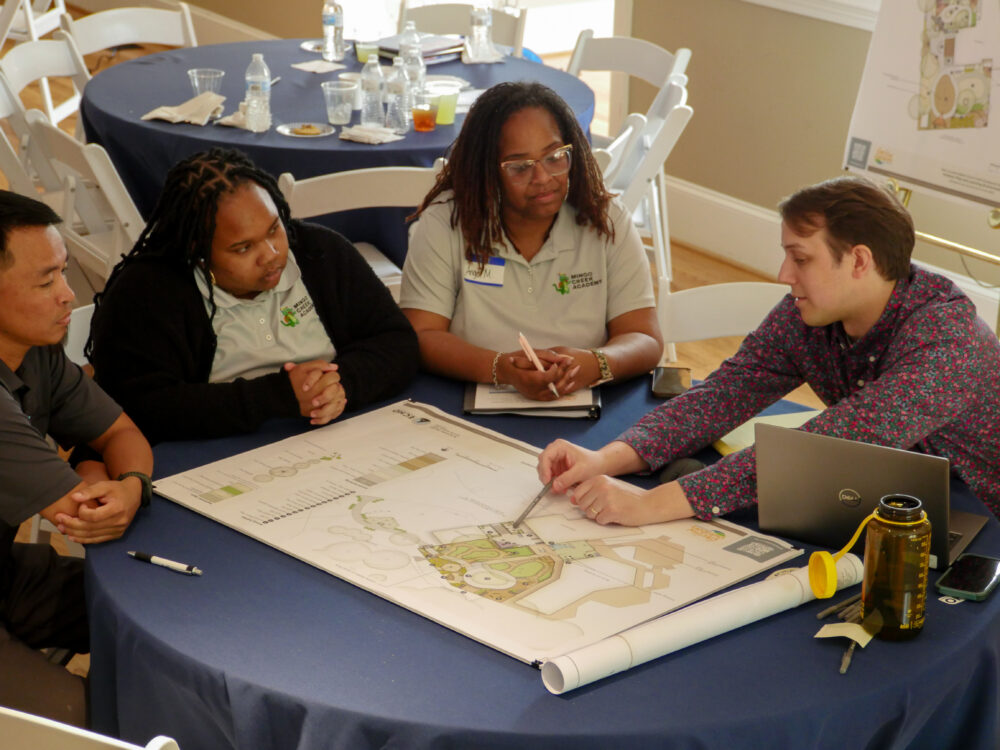We have much more to do and your continued support is needed now more than ever.
How Rural Electric Cooperatives Power Local Climate Action
Rural electric cooperatives can improve resilience to climate change and reduce carbon emissions.
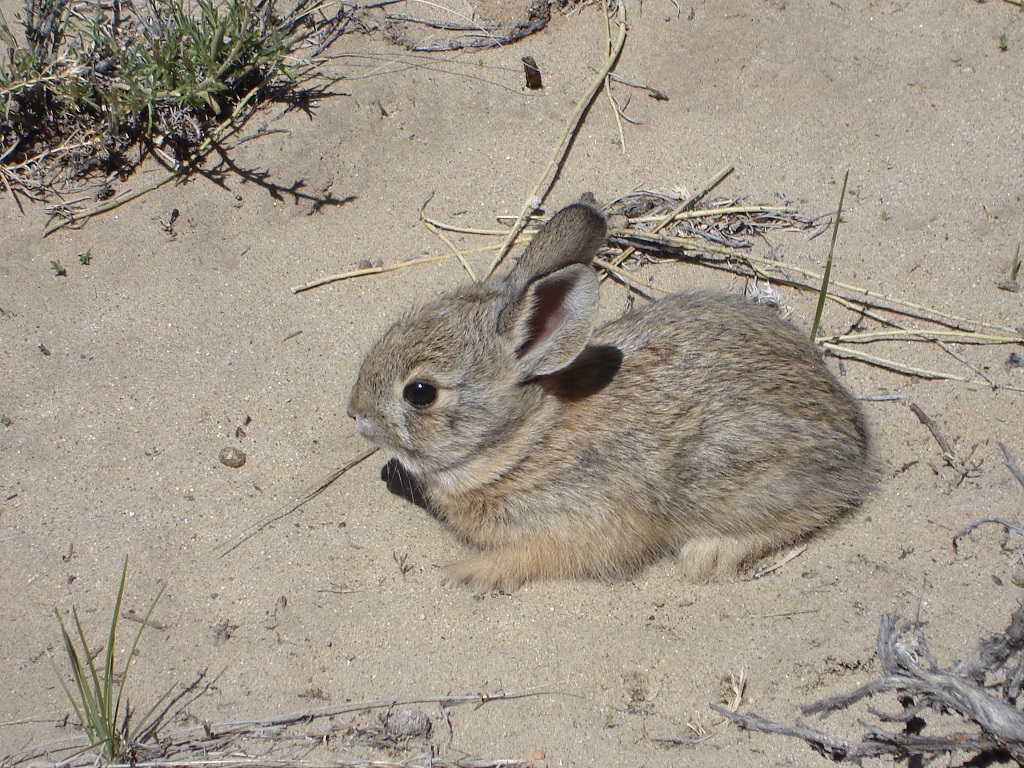
A great way to start taking climate action is to learn more. Our partner, HECHO, hosted a conversation that you can watch now to learn from two experts who will introduce you to the power of rural renewable energy and broadband access through cooperatives.
WATCH NOW
Across the country, climate change fuels natural disasters, affecting every state, territory, and Tribal Nation. Only two years ago, the Midwest witnessed multiple once-in-a-century floods in the same year. Higher temperatures and drought have created the conditions for devastating megafires in the western United States. This spring, extreme weather froze Texas’ energy infrastructure, leading to dangerous blackouts across the state.
These “unnatural disasters” are exacerbating the impacts of existing societal, economic, and health disparities for our communities, as well as destroying vital habitat for at-risk species, including Columbia spotted frogs, pygmy rabbits, and endangered New Mexico jumping mice.
As homes and habitats are washed away, frozen, and burned, communities and wildlife urgently need our state and national leaders to take steps to reduce climate-disrupting carbon emissions and invest in our resilience to climate impacts. That’s why rural electric cooperatives are so important. These energy enterprises can help rural communities lead the country towards an equitable and resilient clean energy future for people and wildlife.
What are rural electric cooperatives?
Rural electric cooperatives are a good idea, but not a new idea. In 1936, President Franklin Delano Roosevelt passed the Rural Electrification Act as part of the New Deal Program. It enabled rural communities to unite in the creation of non-profit electric cooperatives to help expand access to electricity across rural America. As non-profits responsible to the needs of their members, cooperatives can be shaped by the communities they serve.
Today, this community model still exists, with co-ops serving 42 million people across 2,500 counties, including 92% of persistent poverty counties, or counties that are classified as having poverty rates of 20 percent or more over the last three decades.
All communities deserve a clean energy future, and cooperatives provide one avenue for expanding access to responsible and reliable renewable energy. When cooperatives can respond to their members’ demand for clean energy, they can transition to wind, solar, and other forms of renewable energy—a transition that will reduce both reliance on fossil fuels and toxic pollution. Co-ops also provide broadband service to millions of households in the U.S. And as the COVID-19 pandemic has shown, broadband is critical infrastructure, essential for education, healthcare, and economic opportunity.
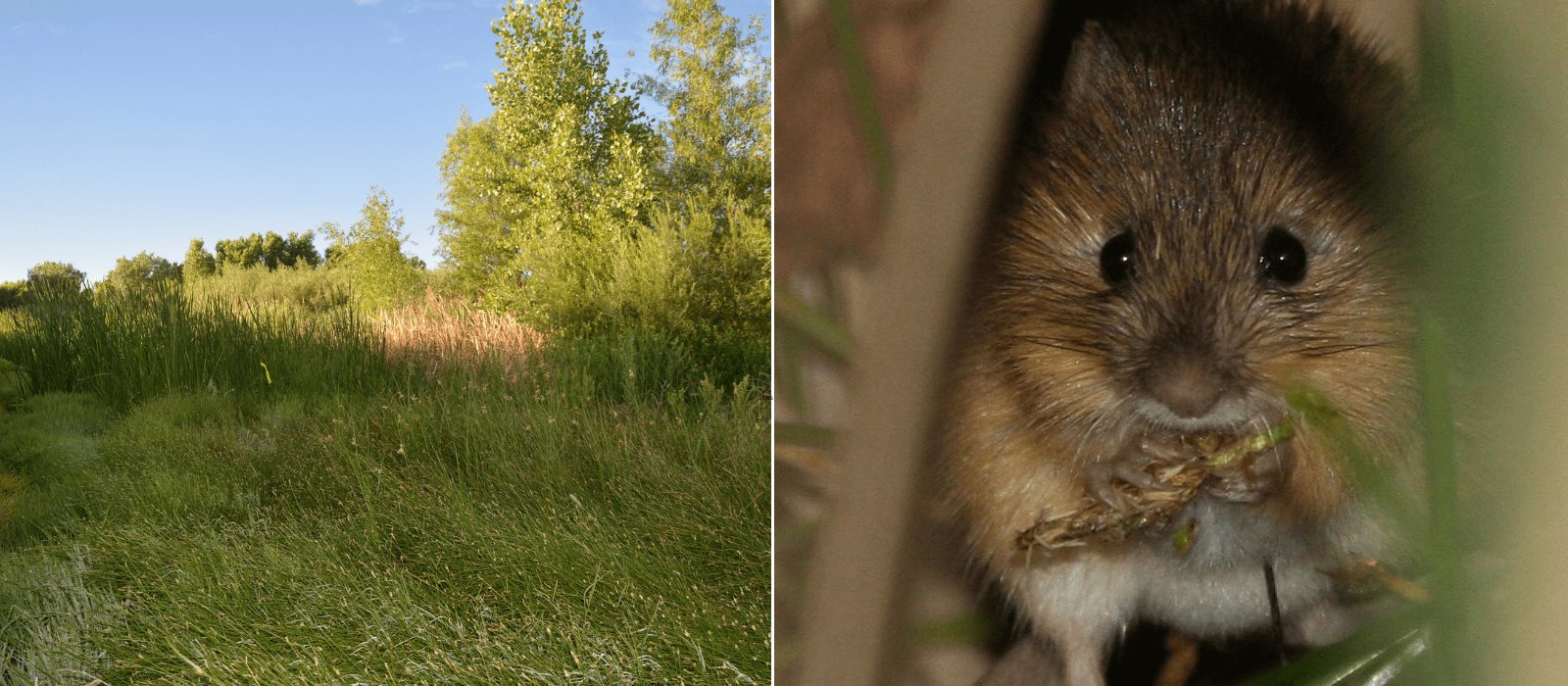
One recent study found that “electric co-ops supported nearly 612,000 American jobs and contributed $440 billion in U.S. gross domestic product (GDP) from 2013 to 2017, or $88 billion annually.” A 2016 outlook by the National Rural Electric Cooperative Association (NRECA) noted that cooperatives are sourcing more clean energy, sharing that “wind [energy] is set to remain the largest non-hydro renewable resource deployed by cooperatives, with more than 850 MW of new wind [power purchase agreements] planned over the next two years, accounting for nearly two-thirds of planned additions.” NRECA estimates that 95 percent of their distribution members offer renewable options, offering clean energy to 40 million Americans.
Luis Reyes with Kit Carson Electric Cooperative, in Taos, New Mexico, sees great potential for electric cooperatives to fulfill their members’ desire for clean energy. Founded in 1944, the cooperative is the second largest cooperative in the State of New Mexico and provides electricity to over 29,000 members. In 2010, those members voted in favor of more clean energy options, and the cooperative split with their fossil fuel-based energy supplier. They now have a goal of meeting 100 percent of their daytime electricity demand with solar by 2022.
Climate resilience in rural communities
.
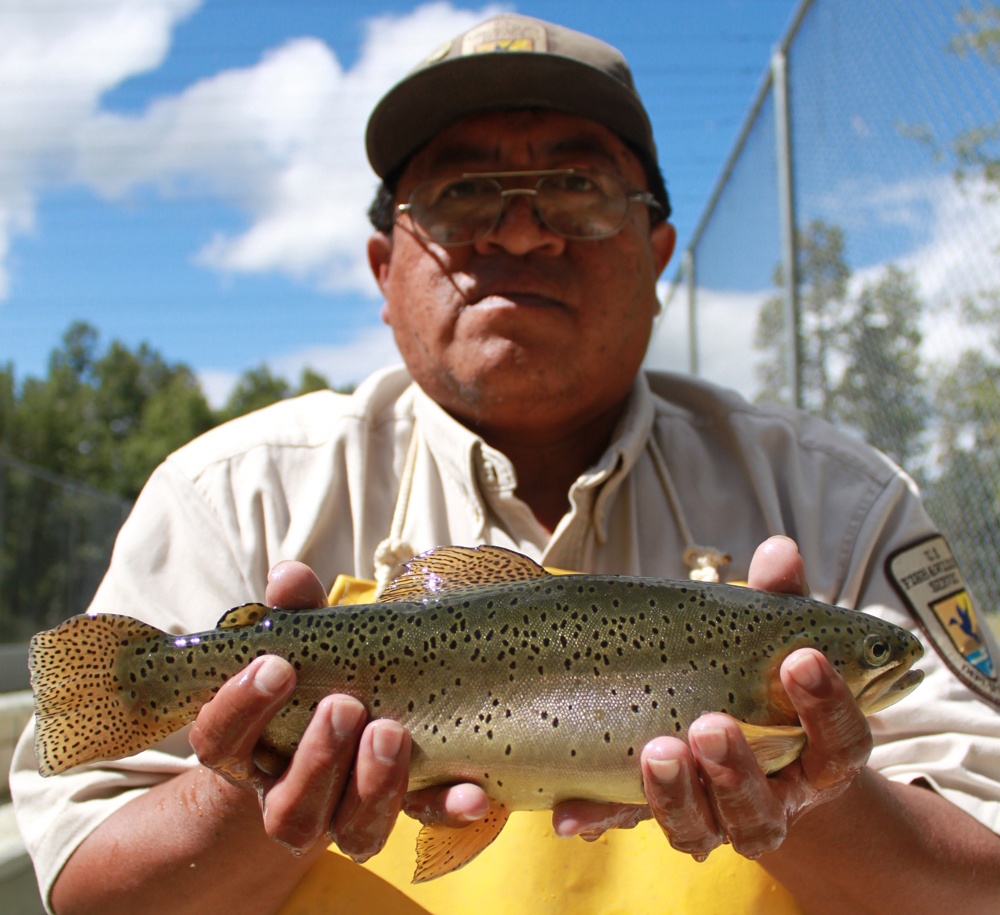
Cooperatives can provide a path for rural communities to thrive as they transition away from fossil fuels and help provide affordable energy to families. The extraction and production of fossil fuels pollute the air and water of many rural communities, impacting the health of both people and wildlife. Responsibly developed renewable energy promises a future with less toxic pollution, fostering healthier homes and habitats.
As our nation transitions to a clean energy economy, rural America must be a part of the solution. Appropriate investments in rural energy cooperatives—and ensuring those cooperatives can pursue renewable energy—is a key way to ensure rural communities are leading the way to our clean energy future.
Together, in every town and city, we can take climate action for a healthier, sustainable, and resilient future for the next generation and our cherished wildlife. Learn more by viewing HECHO’s recording today.
WATCH NOW

